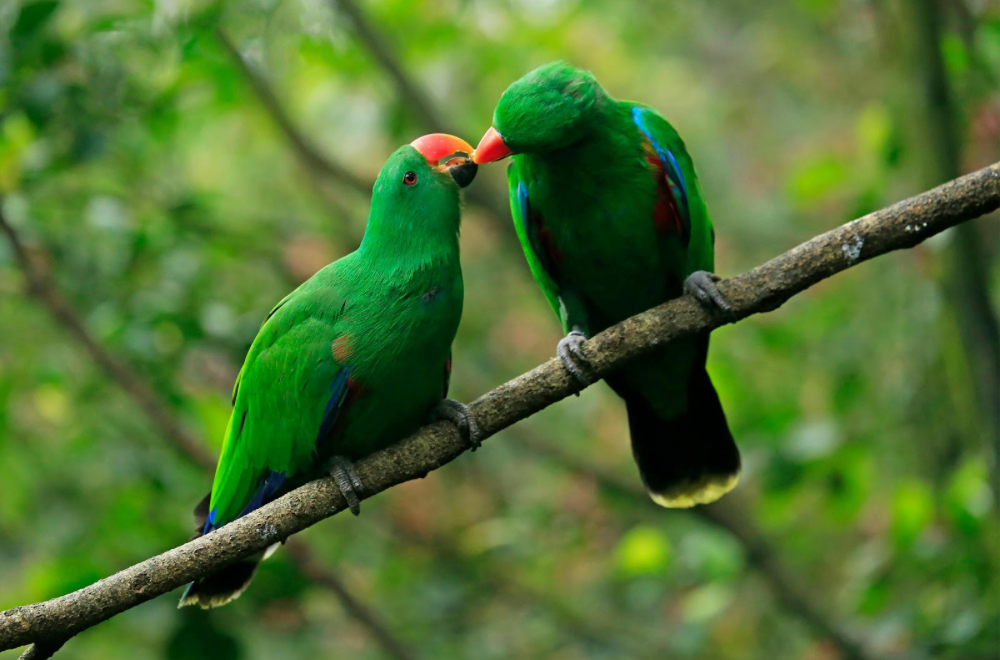Flocking Rights: Active Restoration Aids Tropical Birds🦜
A recent study by Joyce et al. (2024), conducted over two decades in Costa Rica, sheds light on the effectiveness of different forest restoration strategies in enhancing bird assemblages. 🌱

🌳 Revealing the Efficacy of Forest Restoration Methods
Tree-planting projects are often touted as essential for bringing back the habitats of endangered flora and fauna. But what does data-driven research tell us about their effectiveness? Are forest restoration initiatives truly successful in reinstating the natural habitats of endangered species? What methods are most appropriate for enabling this habitat restoration?
Why it matters: A recent study by Joyce et al. (2024), conducted over two decades in Costa Rica, sheds light on the effectiveness of different forest restoration strategies in enhancing bird assemblages. 🌱
🦉 The Vital Role of Active Restoration in Biodiversity Recovery
The study evaluates three restoration techniques—tree plantations, applied nucleation, and natural regeneration—to understand their impact on tropical forest bird communities.
Key findings: Results show that active restoration methods, particularly applied nucleation, significantly speed up the recovery process compared to passive natural regeneration. These findings highlight the importance of selecting appropriate strategies to achieve biodiversity and conservation goals effectively. 🌍
How do you think active restoration methods could be applied in other ecosystems to enhance biodiversity recovery?
🌿 Strategic Restoration: A Pathway to Enhanced Biodiversity
Active restoration methods like applied nucleation, which involves planting clusters of trees, have proven to be as effective as traditional plantation methods but are more cost-efficient.
Why it matters: This method facilitates faster recovery of bird populations, a key indicator of ecological health. The study suggests that such strategic interventions can significantly influence the restoration trajectory, making a strong case for their broader application in tropical forest recovery efforts. 🌳
What other cost-effective methods could improve restoration efforts for endangered species?
🔍 Leveraging Open Source Data for Effective Restoration
The accessibility of detailed, open-source environmental data pertinent to this study serves as a crucial asset for advancing bird habitat restoration.
Key takeaway: By delving into this data, researchers and practitioners can precisely tailor restoration strategies to the unique needs of bird populations, optimizing outcomes. This transparent use of open data not only enhances decision-making processes but also promotes collaboration among conservationists, ultimately driving more effective responses to the challenges facing bird habitats. 🦜
How can open data improve collaboration in conservation efforts globally?
🔓 Open Data & Code: Empowering Research
Access the open data cited in the study to learn more. This data is a valuable resource for anyone looking to contribute to or expand on the research findings.




